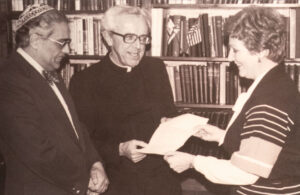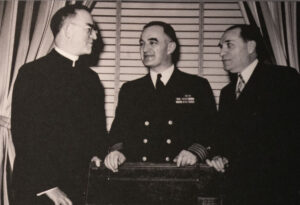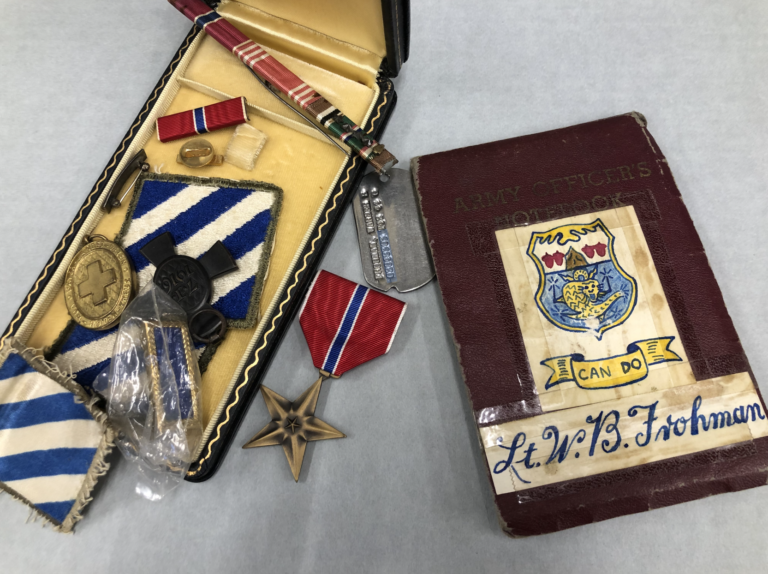
Social Service Organizations
Since they first settled in Omaha, Jews have formed organizations, clubs, and institutions to strengthen and preserve Jewish life. Some were created in Omaha, others have been chapters of National Organizations, but the goal of all of them has been to assist Jews in philanthropic ways. From free loan associations and emergency assistance to medical care and fostering community, these groups have cared for the needs of Jews locally, nationally, and internationally.
JEWISH RELIEF COMMITTEE
Omaha’s synagogues formed the Jewish Relief Committee after the March 23, 1913 tornado. The devastating storm impacted 153 Jewish families, including Nathan Krinsky, his wife Hincke, and their five children, who all perished. The committee worked with citywide relief efforts to provide Yiddish translations for those with limited English and funds for food, shelter, clothing, and other services. The committee continued to serve the needy and the sick for many decades and would evolve into Jewish Family Service, an agency of JFO.
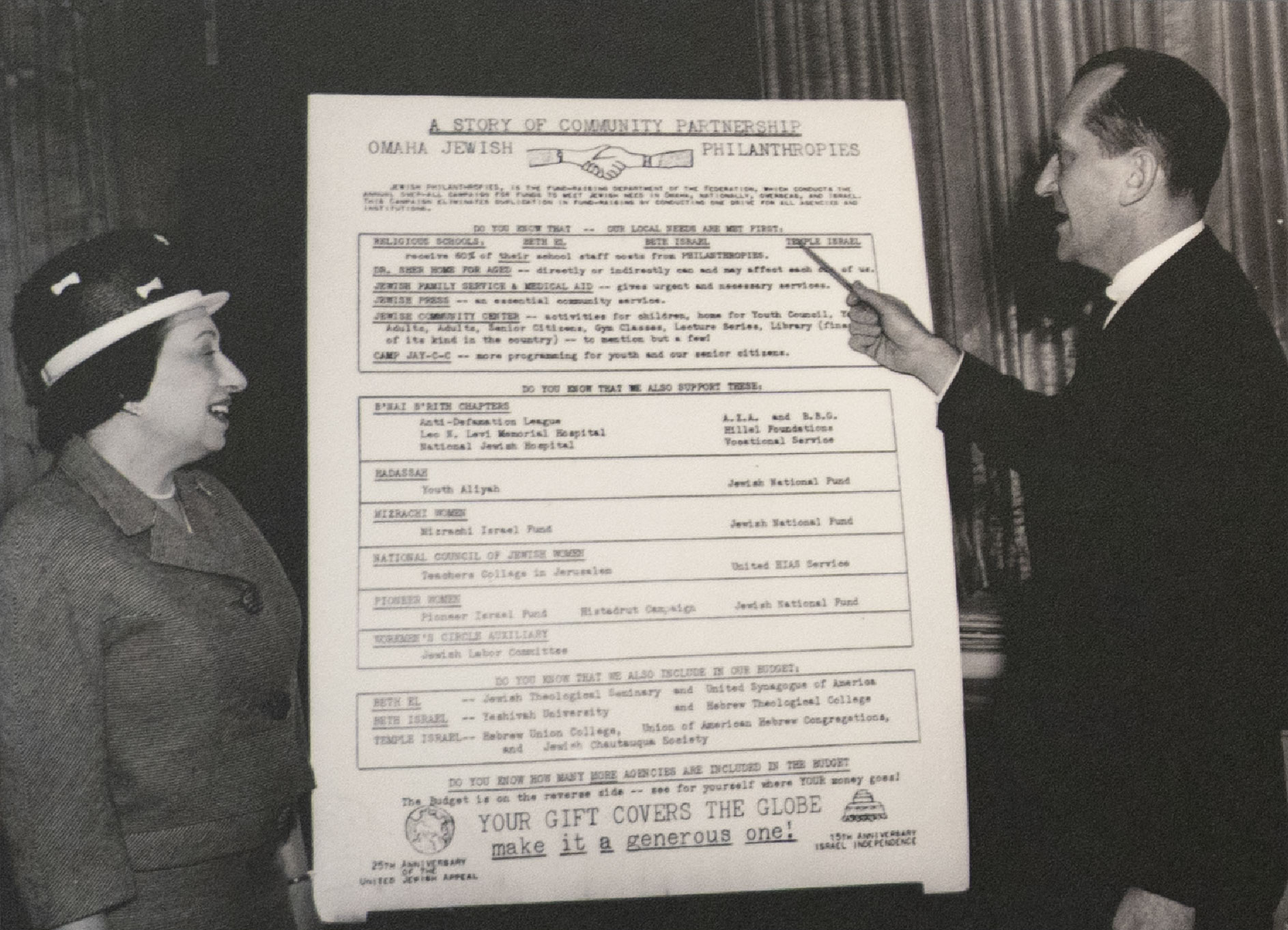
FRAN GREENBERG AND LEO EISENSTATT
Omaha Jewish Philanthropies Campaign
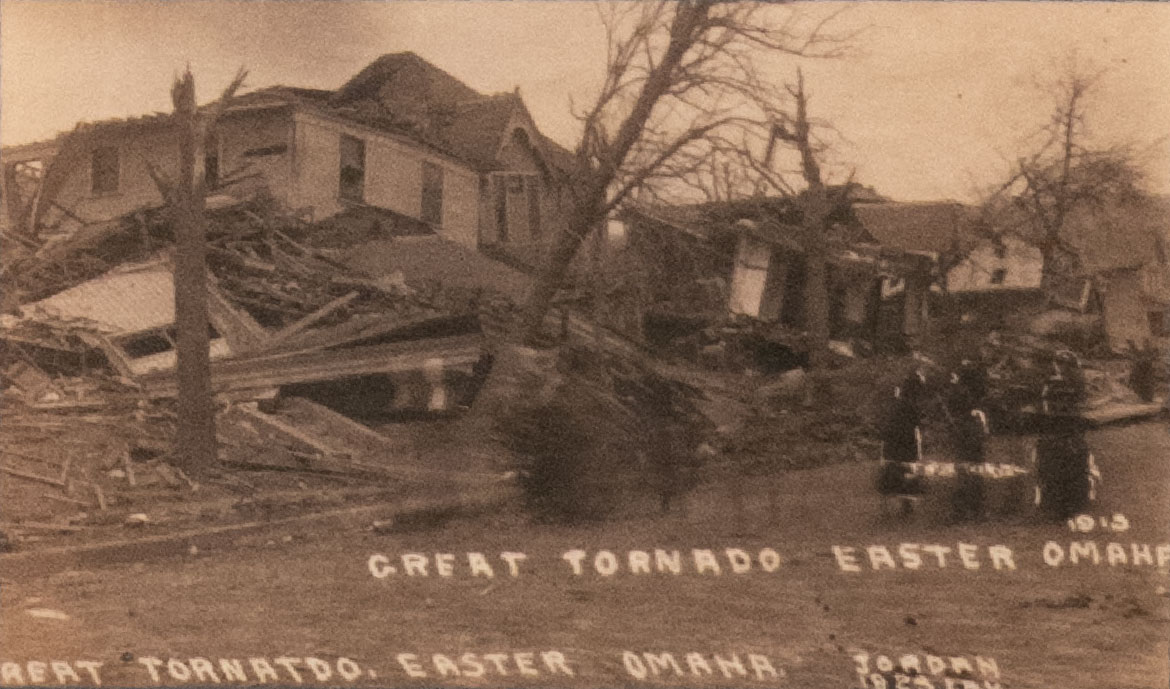
Tornado, 1913

AZA
In 1924, Sam Beber founded the country’s first Jewish youth group in Omaha, taking the name AZA from the Hebrew letters aleph, zadik, aleph. The first chapter remains active in Omaha today, with programs encompassing social events, athletics, community service, education, Judaism, and health. Beber was also instrumental in making AZA the youth division of B’nai B’rith International. Later, B’nai B’rith Girls joined AZA to become the B’nai Brith Youth Organization, providing identity, enrichment, and leadership development for thousands of Jewish teens worldwide.
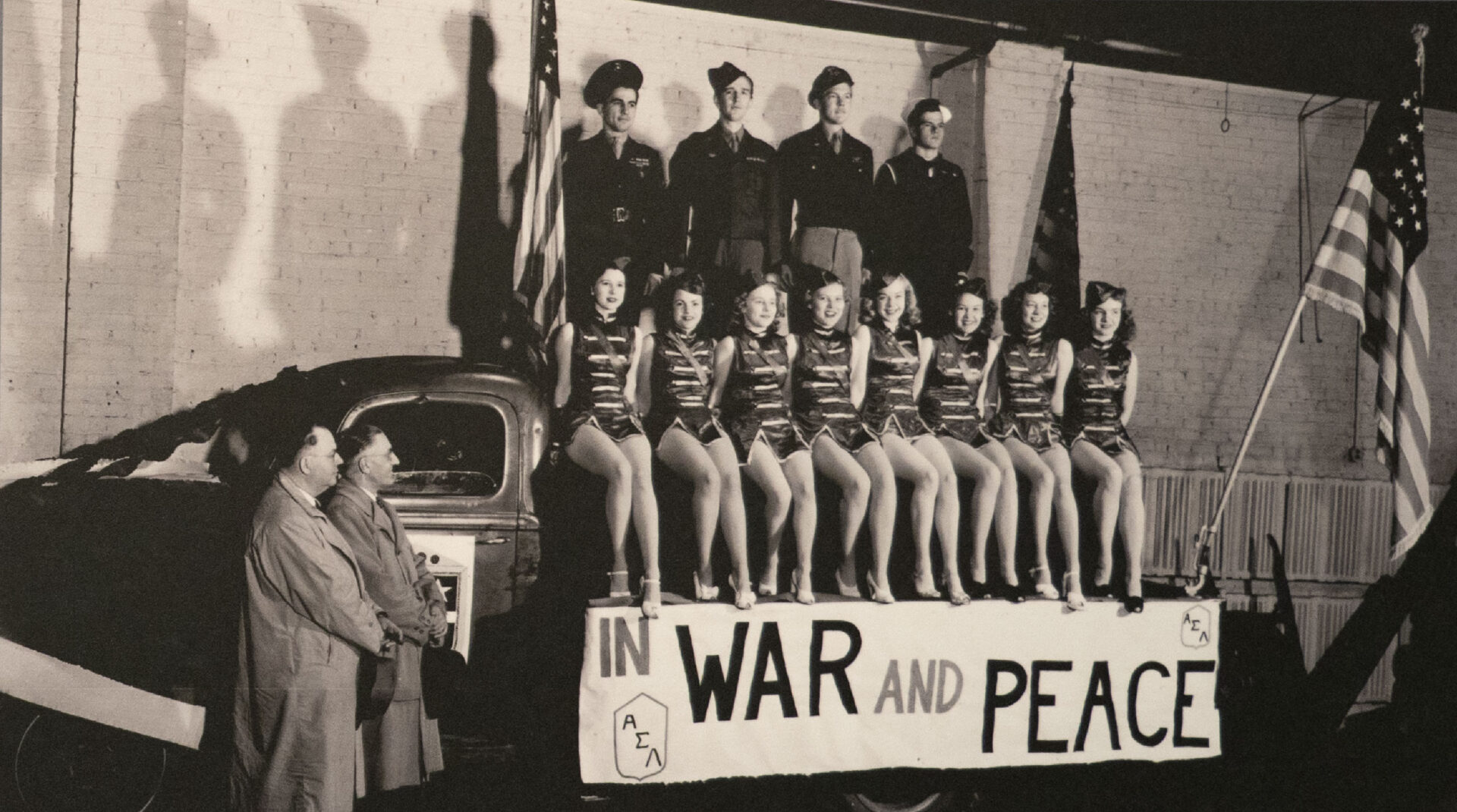
AZA FLOAT MAY DAY PARADE, 1946

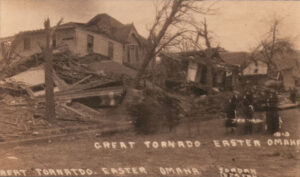

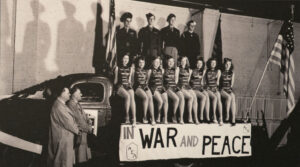
ISRAEL
The Jewish community in Omaha has a long-standing commitment to the nation of Israel. Members have welcomed Israeli dignitaries and speakers, assisted in times of national emergency, maintained strong financial support, and offered educational programs. These and other actions have forged deep connections with Israel and Jews around the world. In addition, JFO sponsors travel experiences that enable teens, adults, and families to find their own connection to Israel. No effort has connected Omaha to Israel as deeply as Partnership2Gether (P2G). This people-to-people program creates meaningful relationships and investments in northern Israel’s Western Galilee region. Through arts, culture, education, and social services, P2G builds a living bridge between the Omaha community and the people of Western Galilee.
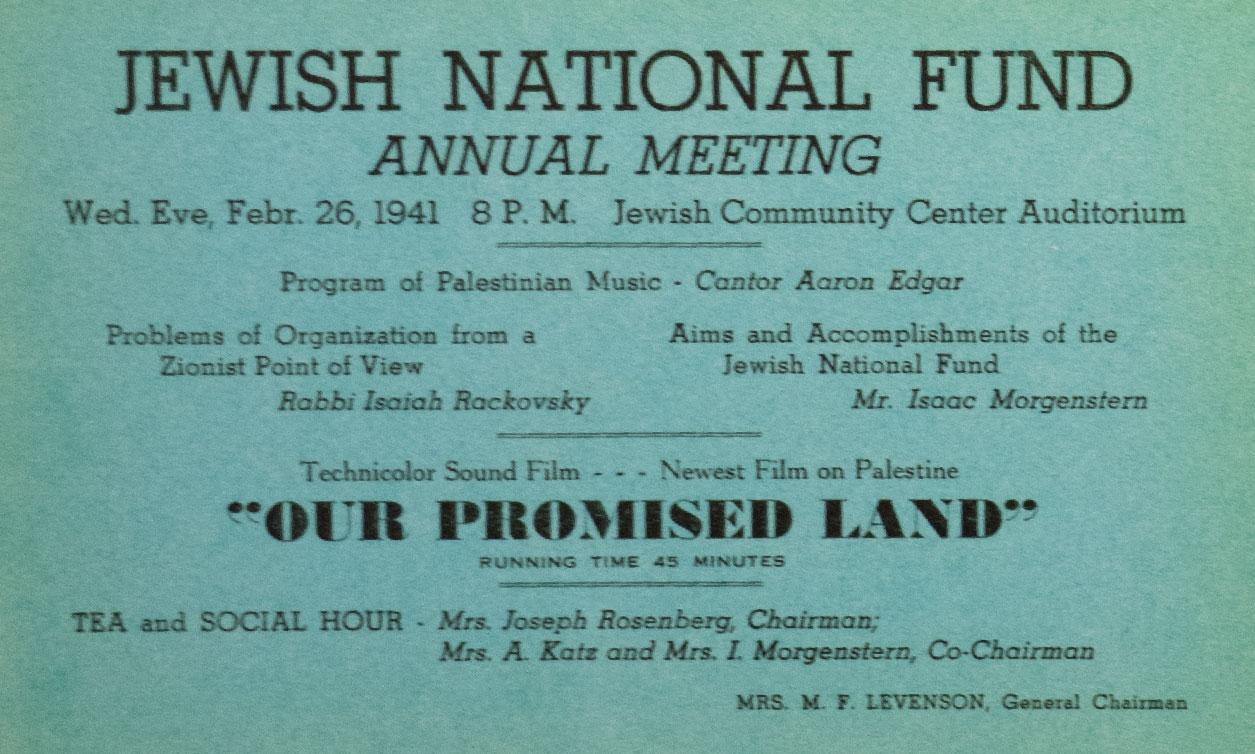
JEWISH NATIONAL FUND ANNUAL MEETING TICKET, 1941
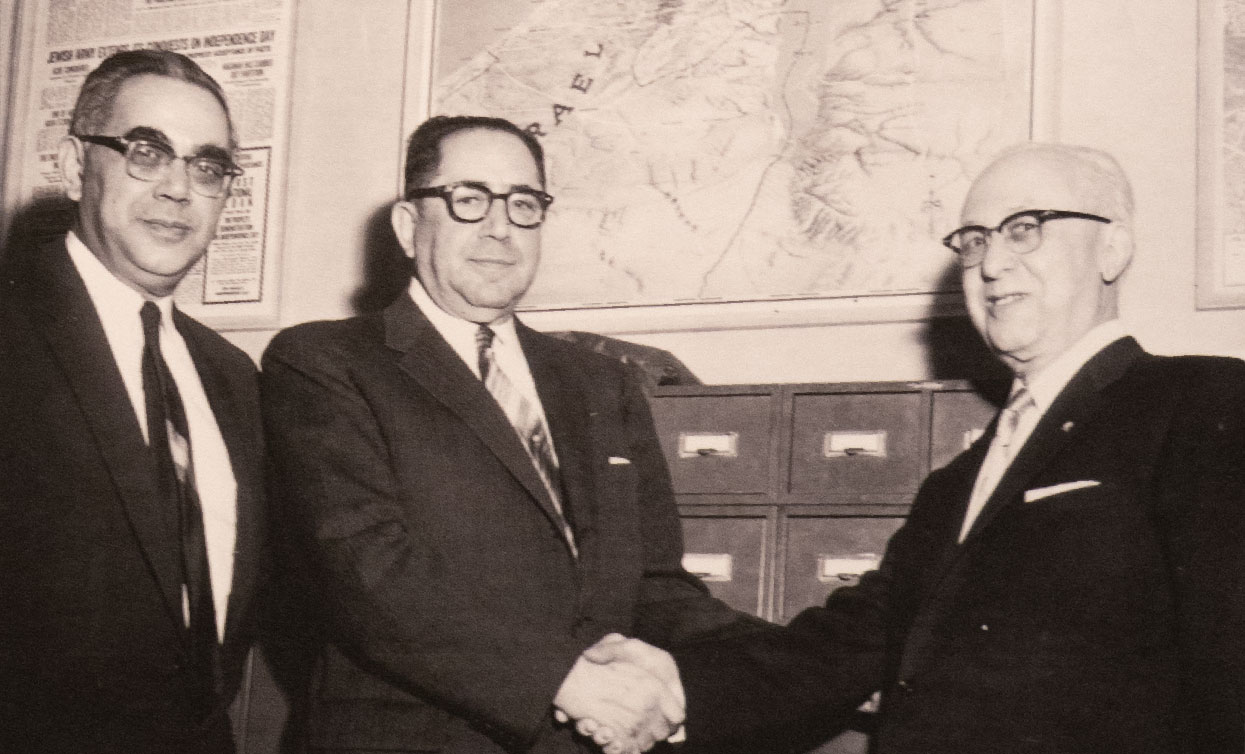
PAUL VERET, ROBERT KOOPER, AND DR. ABE GREENBERG

STATE OF ISRAEL FUNDRAISING, ELEANOR ROOSEVELT
In support of Jewish war victims
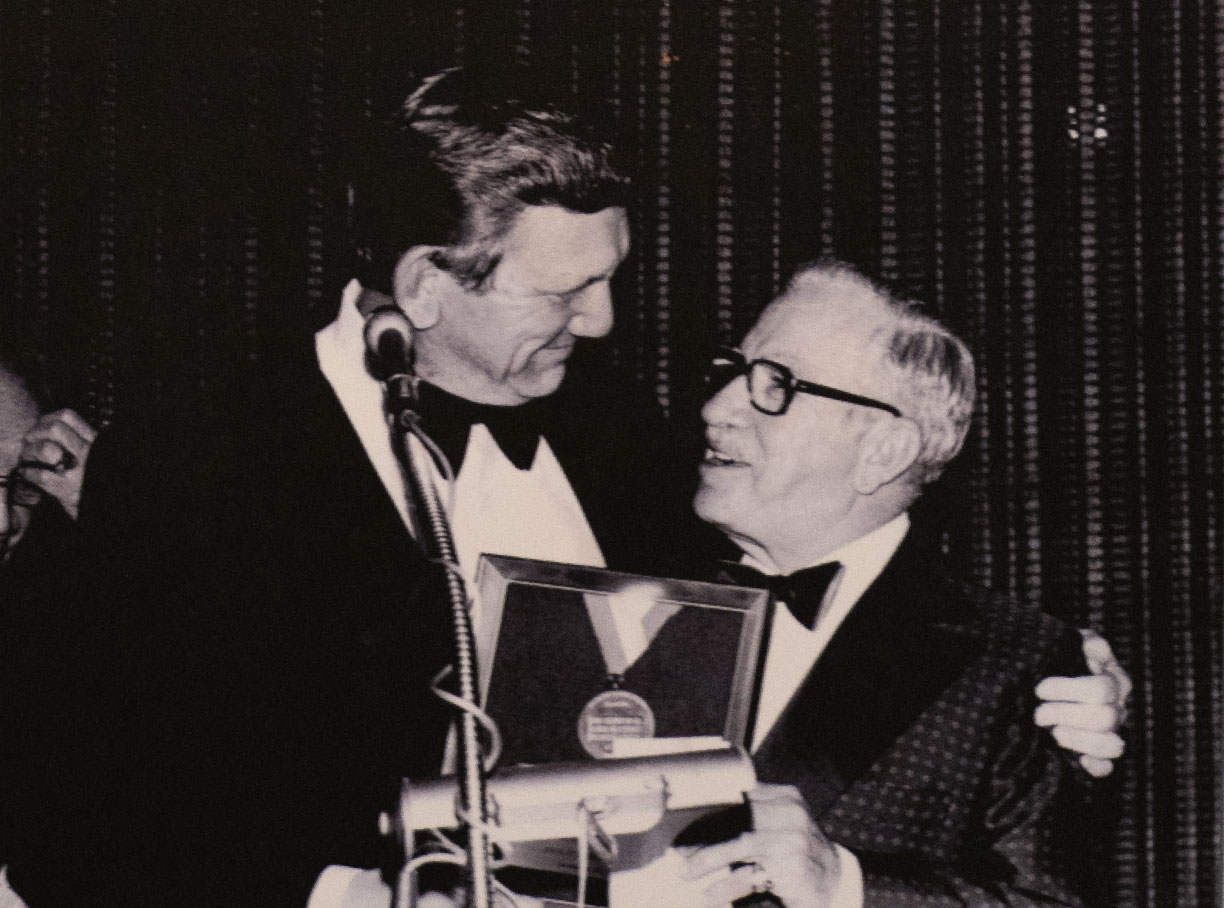
GOV. JAMES EXON WITH ELI ZALKIN
Presenting the Prime Minister’s medal
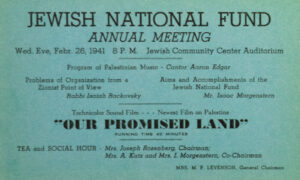
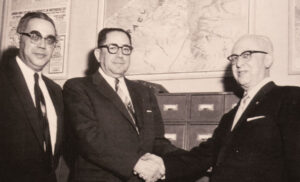
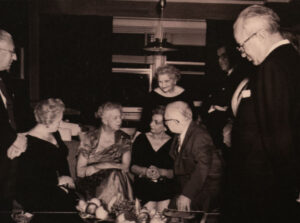
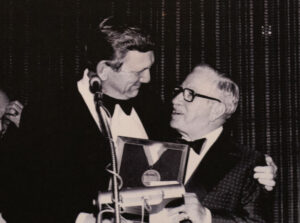
SOVIET JEWRY MOVEMENT
This international human rights campaign advocated for Soviet Jews’ right to emigrate to flee discrimination. In the 1970s and 1980s, Shirley Goldstein, with the support of her husband, Leonard, and friend, Miriam Simon, made four trips from Omaha to the USSR before they were banned from the country. Shirley Goldstein also made many trips to Washington, DC and human rights gatherings around the world on behalf of Soviet Jews. On December 6, 1987, Freedom Sunday for Soviet Jews rally was held on the National Mall. It attracted people from all over the country, including a large delegation from Omaha. Her work, along with the JFO’s creation of a resettlement office, enabled hundreds of Soviet families to relocate to Omaha.

FREEDOM SUNDAY FOR SOVIET JEWS RALLY IN WASHINGTON DC, 1987
Becca Goldstein
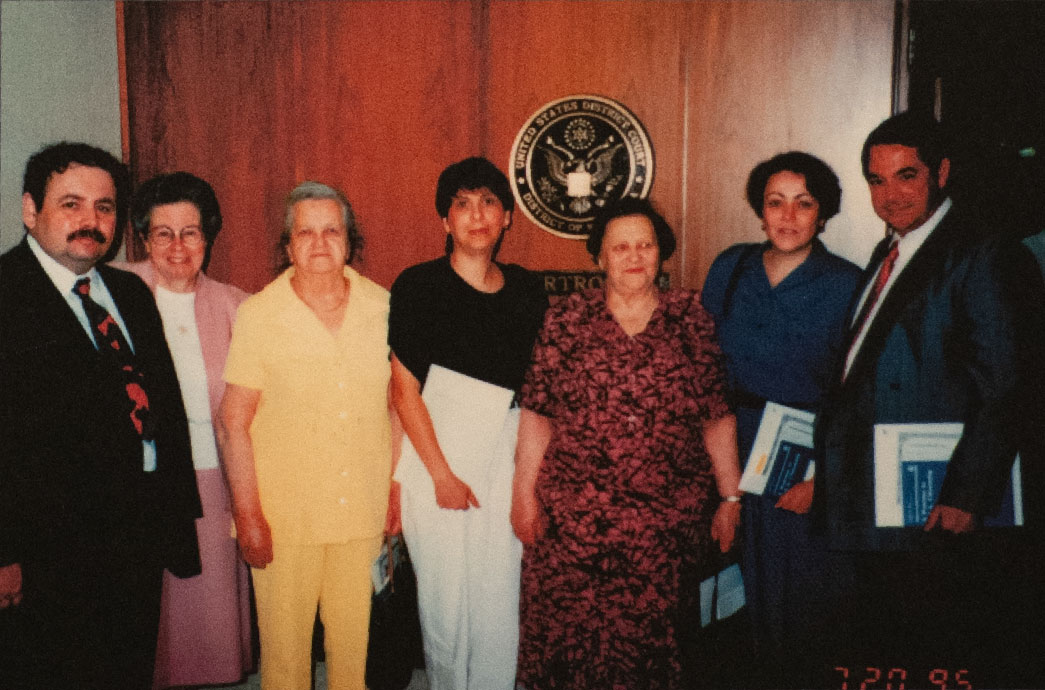
SOVIET JEWS IN OMAHA
Left to Right. William Pisetsky, Natalie Rubin, Bronya Chudnovskaya, Mila Zinkov, Yenta Kulik, Alla Zinkov, Igor Zinkov
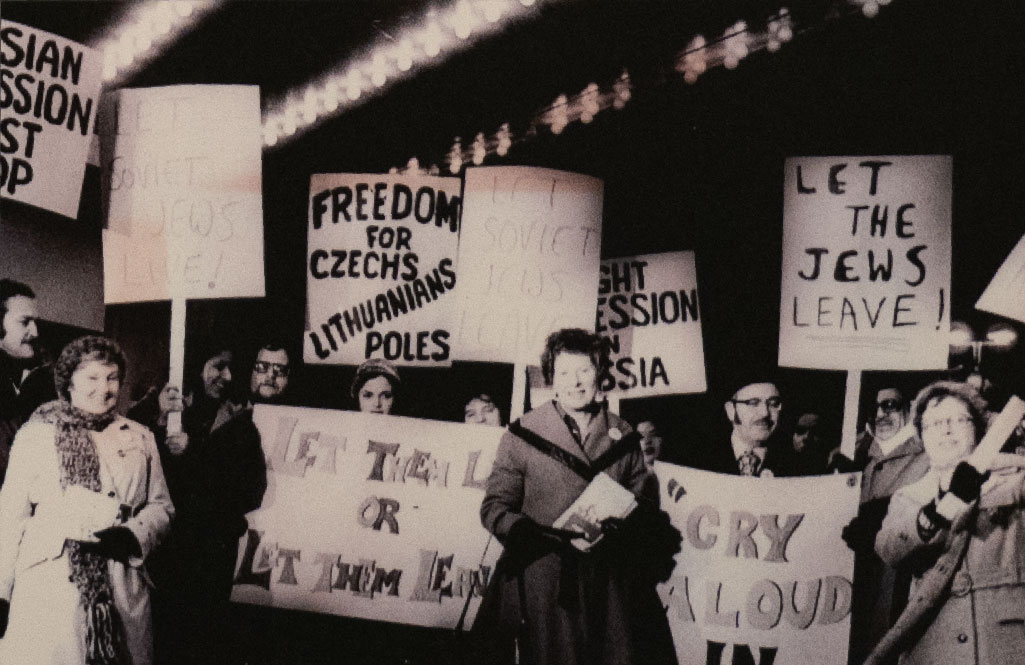
SHIRLEY GOLDSTEIN (LEFT), MIRIAM SIMON (CENTER)
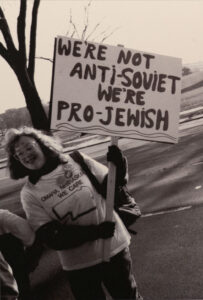

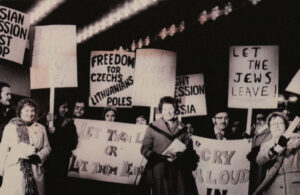
INTERFAITH
The Omaha Jewish community has long prioritized interfaith relations as a means to strengthen society as a whole. As Nazism spread in Europe, the city’s Jews and Christians forged strong bonds. Dr. Abe Greenberg founded the Omaha chapter of the Institute on Judaism for Christian Clergy, which promoted interfaith cooperation from 1938-1975. From 1988-2016, Rabbi Aryeh Azriel of Temple Israel oversaw many interfaith social action projects to “understand the heart and the life of ‘the other,” including the Tri-Faith Seder and a Garden for Hope. Between 2004 and 2015, Beth Katz directed Project Interfaith, a nonprofit whose work explored the world’s spiritual and religious identities. In 2006, leaders from Temple Israel, Countryside Community Church, and the American Muslim Institute forged a unique agreement to build their houses of worship on adjoining properties in Omaha. Today, the Tri-Faith Commons welcomes spiritual seekers, the religiously curious, and those with no religious affiliation.
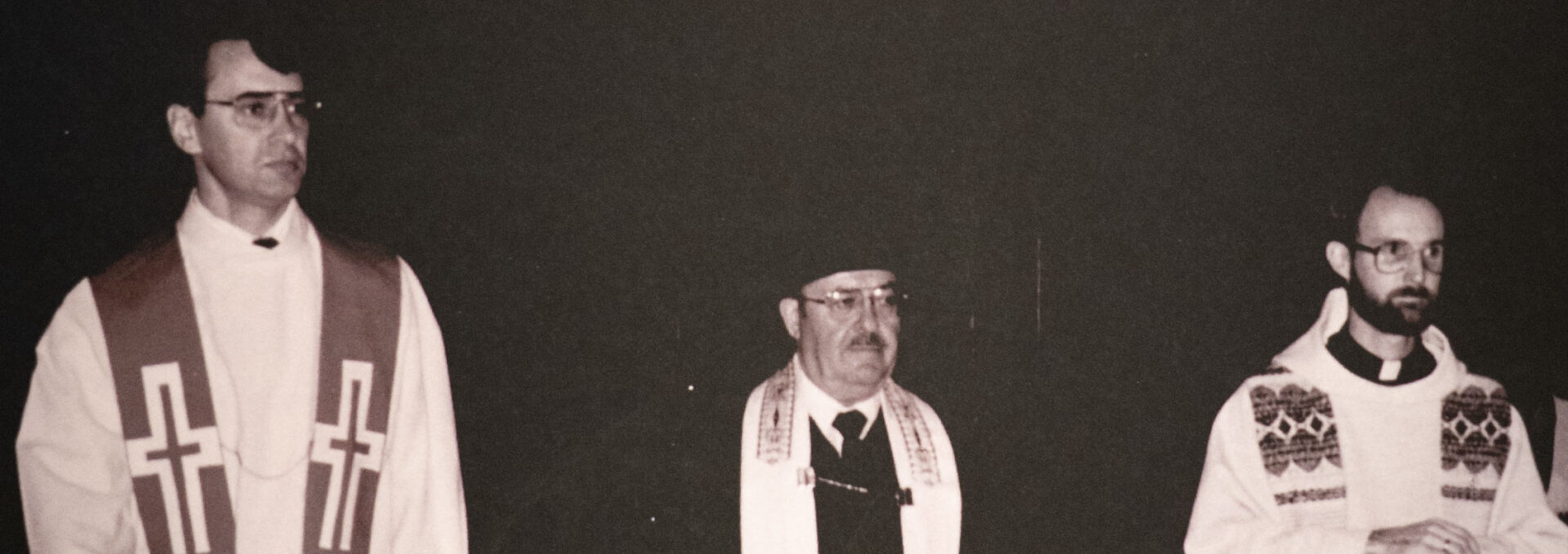
INTERFAITH LEADERS AT BETH EL SYNAGOGUE
Rev. Merton Fish (Director Pastoral Care, Immanuel Lutheran Medical Center), Cantor Leo Fettman (Beth El Synagogue), Rev. Jim Schimelpfenning (S.M. Director, Campus Ministry, Gross High School

“KNOW THY NEIGHBOR” INTERFAITH BETH ISRAEL SYNAGOGUE, 1972

FATHER FLANNAGAN (LEFT) WITH HENRY MONSKY (RIGHT)

